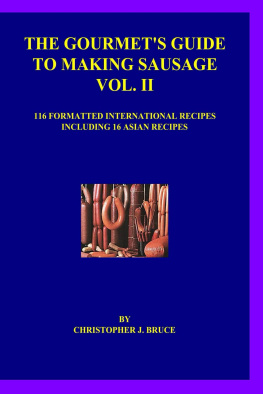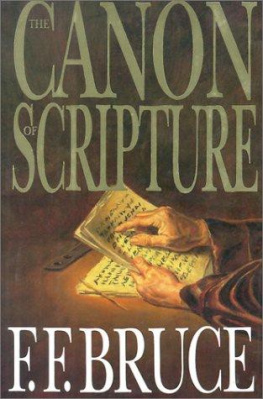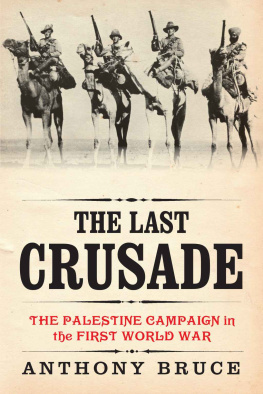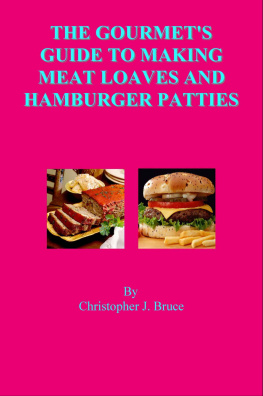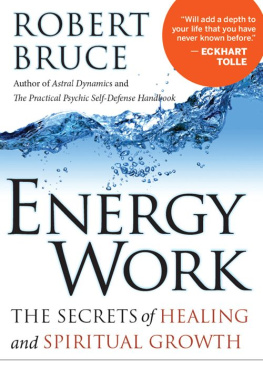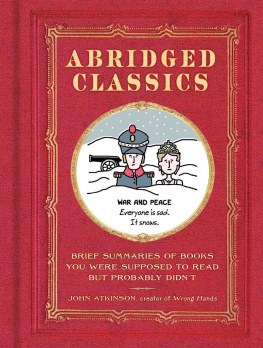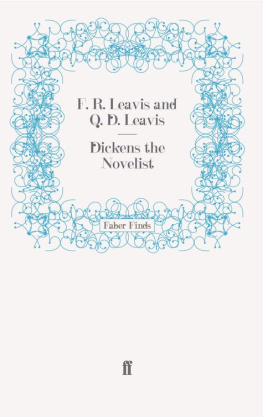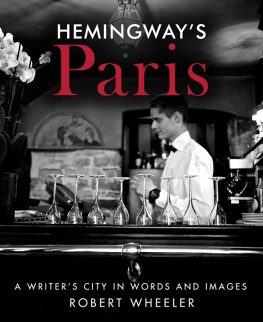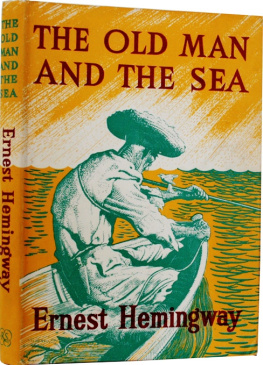Bruce - Page Fright: Foibles and Fetishes of Famous Writers
Here you can read online Bruce - Page Fright: Foibles and Fetishes of Famous Writers full text of the book (entire story) in english for free. Download pdf and epub, get meaning, cover and reviews about this ebook. City: Toronto;Ontario, year: 2009, publisher: A Douglas Gibson Book McClelland & Stewart, genre: Detective and thriller. Description of the work, (preface) as well as reviews are available. Best literature library LitArk.com created for fans of good reading and offers a wide selection of genres:
Romance novel
Science fiction
Adventure
Detective
Science
History
Home and family
Prose
Art
Politics
Computer
Non-fiction
Religion
Business
Children
Humor
Choose a favorite category and find really read worthwhile books. Enjoy immersion in the world of imagination, feel the emotions of the characters or learn something new for yourself, make an fascinating discovery.

- Book:Page Fright: Foibles and Fetishes of Famous Writers
- Author:
- Publisher:A Douglas Gibson Book McClelland & Stewart
- Genre:
- Year:2009
- City:Toronto;Ontario
- Rating:4 / 5
- Favourites:Add to favourites
- Your mark:
- 80
- 1
- 2
- 3
- 4
- 5
Page Fright: Foibles and Fetishes of Famous Writers: summary, description and annotation
We offer to read an annotation, description, summary or preface (depends on what the author of the book "Page Fright: Foibles and Fetishes of Famous Writers" wrote himself). If you haven't found the necessary information about the book — write in the comments, we will try to find it.
Page Fright: Foibles and Fetishes of Famous Writers — read online for free the complete book (whole text) full work
Below is the text of the book, divided by pages. System saving the place of the last page read, allows you to conveniently read the book "Page Fright: Foibles and Fetishes of Famous Writers" online for free, without having to search again every time where you left off. Put a bookmark, and you can go to the page where you finished reading at any time.
Font size:
Interval:
Bookmark:
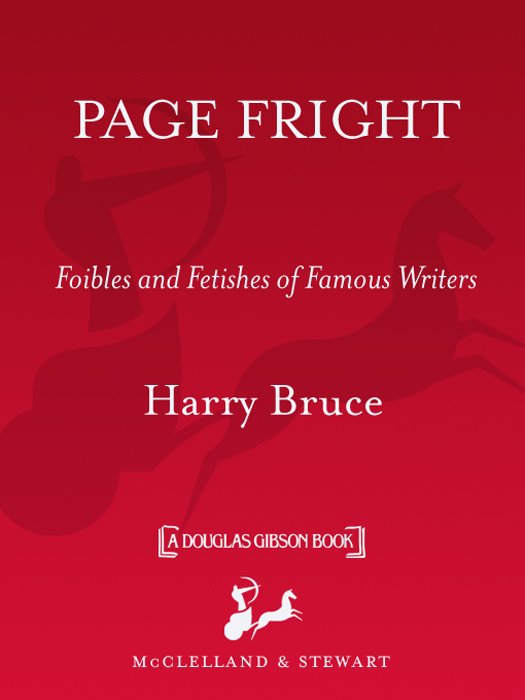
ALSO BY HARRY BRUCE
The Short Happy Walks of Max MacPherson
Lifeline: The Story of the Atlantic Ferries and Coastal Boats
R.A.: The Story of R.A. Jodrey, Entrepreneur
Each Moment As It Flies
Movin East
The Man and the Empire: Frank Sobey
Down Home: Notes of a Maritime Son
Maud: The Life of L.M. Montgomery
The Life of Frank Manning Covert: Corporate Navigator
The Pig That Flew: The Battle to Privatize Canadian National
Illustrated History of Nova Scotia
Never Content: How Mavericks and Outsiders Made a Surprise Winner of Maritime Life
Tall Ships: An Odyssey
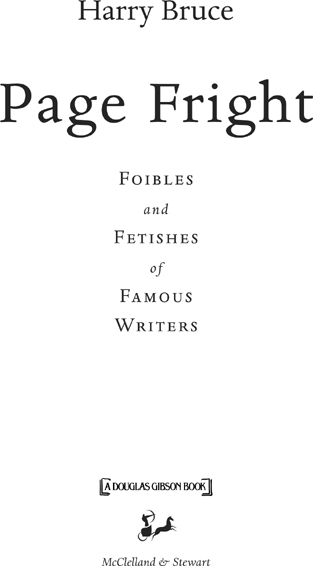
TO P ENNY
Whenever the British actor, playwright, and novelist Stephen Fry answers questions from an audience, someone asks, Do you write in longhand or on a computer?
If longhand: With pencil, ballpoint, or old-fashioned ink pen?
If computer: PC or Mac? Which font do you prefer?
All successful writers field such questions, Fry says, and therefore know this simple rule: Readers are more interested in process than in product.
But process, which is what this book is all about, includes not only tools but the rooms in which writers work; the number of hours, in each day or night, that they imprison themselves in those rooms; and the number of words, in each day or night, that theyve sworn to write.
It includes the way they try to satisfy the worlds loneliest calling while sitting down, standing up, lying flat on their backs, or soaking in bathtubs; while wearing pyjamas, lucky sweaters, favourite shirts, dirty jeans, immaculate business suits, or no clothing at all; and while surrounding themselves with cheap statuettes, faded photographs, quirky ornaments, and sentimental bric-a-brac.
For many writers, the process involves coping with mood disorders, emotional turmoil, and suicidal urges. Since cigarettes, booze, narcotics, hallucinogens, and stimulants have not only ambushed literary creation but fuelled it, they, too, are part of the story. And so are healthier addictions: hiking, jogging, exercising, and listening to great music.
Indeed, process is everything that creative writers do to make themselves as receptive as they possibly can be to what so many of them see as dictation from a forever-unknowable source. It arms them to overcome their eternal foe: writers block.
Through painful trial and error, the more successful writers at last find a process that, more often than not, does work for them. They are reluctant ever to change it. For some, the very idea of replacing their fountain pens with PCS is preposterous.
Oh, I use a Mac, by the way, Fry reveals. Times Roman, 14 point. Very traditional.
And very coincidental. I, too, use Times Roman, 14 point, and will never switch to any other typeface.
Harry Bruce
Speaking to the Eyes: Beginnings
I n the early 1840s, William Bacon Stevens, a young historian and devout Christian in Savannah, Georgia, beheld with awe a manuscript roughly a thousand years old. A ninth-century copy of Moralia in Job, which Pope Gregory I wrote in the sixth century, it was the oldest of the exceedingly rare treasures that plantation and slave owner Alexander Augustus Smets kept among the five thousand books in the library at his brick mansion in the city.
Worms had chewed the volumes thick covers, but the brass clasps and studs were in good shape. The double columns of Latin words on vellum pages were remarkably neat and highly legible, and Stevens marvelled that the hand which traced those lines in all their beauty has a thousand years since moulded into dust that the mighty waves of more than thirty generations have risen, rolled onward, and died upon the writers grave. The little characters inscribed on that parchment have enclosed for ten centuries, the thoughts of the illustrious dead, speaking to the eye now, as [they] did a thousand years back, the same sentiments of piety and truth; while the name, the habitation, the tomb even of the writer have, for ages, been buried in oblivion! How wonderful is the power of letters! We enjoy hourly their benefit, we seldom reflect upon their worth. Their origin is lost in the remotest antiquity.
Stevens then presented verse by a writer he identified only as Breboeuf:
Whence did the wondrous mystic art arise,
Of painting SPEECH , and speaking to the eyes?
That we, by tracing magic lines, are taught
How both to colour and embody THOUGHT ?
In 1803, thirty-seven years before Stevens thus praised the miracle of handwriting already so routine among the literate they thought about it little more than about breathing Thomas Astle, keeper of records in the Tower of London, declared, The noblest acquisition of mankind is SPEECH, and the most useful art is WRITING. The first eminently distinguishes MAN from the brute creation; the second from uncivilized savages. After quoting those same lines by Monsieur Breboeuf, Astle took a 240-page stab at explaining whence the mystic art arose and how it was that, over thousands of years, it had reached a state of such excellence that, with goose quill in hand and inkpot at the ready, he could race his linked and slanted letters across paper made from boiled shreds of rags. That paper, he enthused, surpasses all other materials for ease and convenience of writing upon.
But it was upon stone that humans left the earliest known evidence of their compulsion to express themselves and to do so in ways that would one day speak to the eyes of those who walked on the moon, performed open-heart surgery, defeated computers at chess, and gossiped on cellphones. On shadowy walls roughly thirty thousand years ago, cave dwellers engraved and painted graceful images of lions, bears, bulls, bison, wild oxen, reindeer, horses, and fuzzy rhinoceroses. No one knows for sure why they did this, but in 1970 handwriting historian Alfred J. Fairbank declared, The beginnings of writing are in simple pictures. Picture-writing was used to help memory or identify possessions or to make records of transactions, but its link with language was the key to civilization.
For the Indians, Mexicans, Phoenicians, Hittites, Babylonians, Assyrians, Ethiopians, Etruscans, and, indeed, virtually all the ancient civilizations, hieroglyphic scripts in which pictures of people, animals, birds, tools, and other familiar things each stood for the sound of a word or syllable were the pioneers of written language. Roughly nine thousand years ago, when the population of the world was no more than five million, the Middle East and Far East knew so little about each other they might as well have been in different galaxies. Yet the peoples of the Tigris and Euphrates basins and those of the Peiligang culture in what is now Henan province in northern China were both raising farm animals, growing grain, making pottery, and relying on their own systems of visual symbols, usually carved or scratched into hard surfaces, to record and convey information they could not trust their memories to preserve.
Among the human remains in twenty-four of the graves that archaeologists recently unearthed in Henan were tortoise shells that bore sixteen different inscriptions. These are anywhere from 8,200 to 8,600 years old. Since they include markings that resemble the characters of eye, sun, day, window, and numbers in certain Chinese writing of more than five thousand years later, some scholars see them as proof that, eons before any other civilization, the Chinese invented writing. Others argue that the inscriptions are little more than a bunch of prehistoric pictures.
Font size:
Interval:
Bookmark:
Similar books «Page Fright: Foibles and Fetishes of Famous Writers»
Look at similar books to Page Fright: Foibles and Fetishes of Famous Writers. We have selected literature similar in name and meaning in the hope of providing readers with more options to find new, interesting, not yet read works.
Discussion, reviews of the book Page Fright: Foibles and Fetishes of Famous Writers and just readers' own opinions. Leave your comments, write what you think about the work, its meaning or the main characters. Specify what exactly you liked and what you didn't like, and why you think so.


